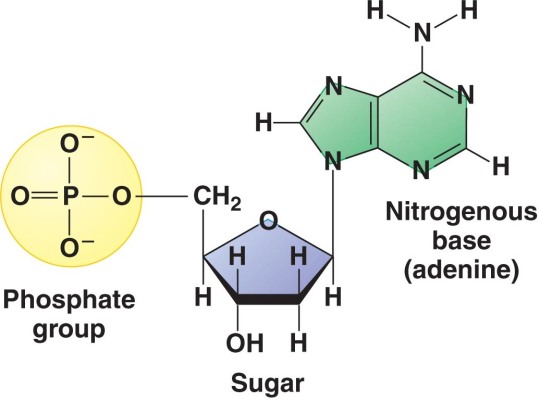Protein Synthesis (part 2): Grade 9 Understanding for IGCSE Biology 3.18B
In the last post, I asked you to think of a good “2 mark” explanation of some important terms to do with protein synthesis. Here is my (GCSE level) answer…..
Gene: “a section of a DNA molecule that codes for the production of a single protein”
Ribosome: “a small structure found in the cytoplasm of cells where proteins are made by joining amino acids together into a long chain”
Transcription: “the process occurring in the nucleus in which a double-stranded DNA molecule is used to make a single-stranded molecule of messenger RNA”
Messenger RNA: ” a small single stranded molecule that is made in transcription and can carry the genetic information out of the nucleus to the ribosome”
Translation: “the second stage of protein synthesis that occurs in the cytoplasm in a ribosome in which amino acids are joined together in the correct order to make the protein”
Codon: “a triplet of adjacent bases in an mRNA molecule that codes for a single amino acid”

Finally I want to answer three important questions, one in this post, two in the next….
Why are codons three bases long?
Well, the answer here is a simple bit of Maths. If you remember, there are 20 possible amino acids that can be joined together in any order and in any number to make a protein. In DNA/RNA there are just four bases. So in order to code for 20 amino acids, how many “words” do you need? Well you need at least 20…..
In DNA/RNA you only have 4 “letters” available to make these words. (The letters are the bases and the words are the codons.)
- If the words were one letter long, there are only 4 words. (43 for the mathematicians): A,T,C,G
- If the words were two letters long, there are only 16 possible words (42 for the mathematicians): AA, AT, AC, AG, CA, CT, CC, CG, GA, GT, GC, GG, TA, TT, TC, TG
- If the words were three letters long, there are 64 possible words (43 for the mathematicians) AAA, AAT, AAC, AAG, ACA, ACT, ACC, ACG etc. etc.
So three bases in a codon is a minimum number needed to code for 20 different amino acids. But then this raises a question, doesn’t it? If there are 64 possible words and only 20 words needed, then what happens to all the extra, unnecessary codons? The answer is that there are lots of synonyms in the language of DNA/RNA. (Synonyms are two different words that have the same meaning)
Check out this picture of the genetic code (written in the language of RNA) and notice all the lovely synonyms!

Phe, Leu, Ser, Tyr, Cys and the others are names of amino acids
Notice that almost all amino acids have more than one codon that codes for them. For example, the amino acid Thr (threonine) is coded for by ACU, ACC, ACA and ACG in mRNA.
The three codons marked STOP are used as signals for the ribosome to stop the process of translation (but you don’t need to worry about that unless you wisely choose to continue your studies in Biology at A level!)
This is complicated stuff so please feel free to ask me questions about this using the “leave a comment” box below. You won’t get an instantaneous response but I try to check my blog every couple of days.












